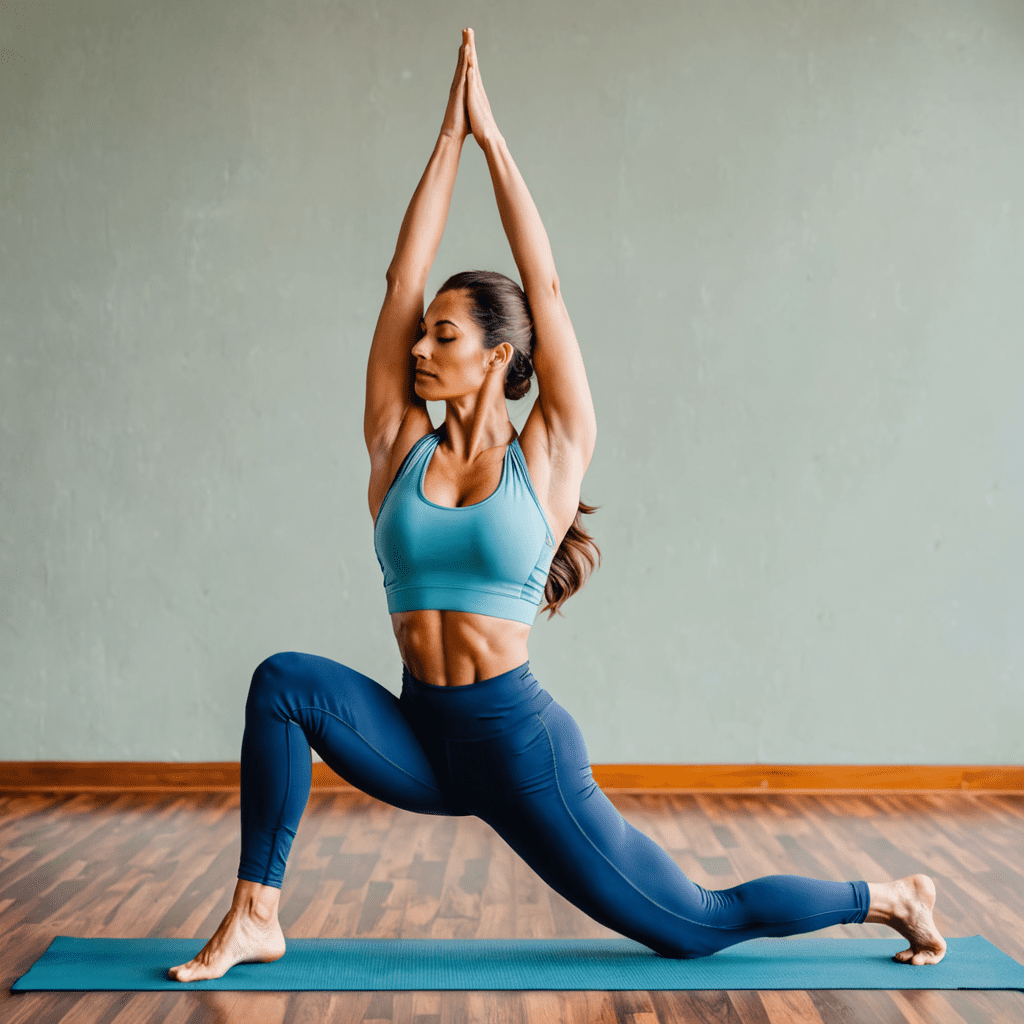
Yoga for Beginners: Practicing Yoga for Teacher Well-Being
Introduction to Yoga for Teacher Well-Being
Yoga is a powerful practice that offers numerous benefits for physical, mental, and emotional well-being. For teachers, who often face high levels of stress and demanding work environments, incorporating yoga into their daily routine can be transformative.
Benefits of Yoga for Teachers
Yoga helps teachers manage stress, improve focus and concentration, enhance physical fitness, promote relaxation, and cultivate mindfulness. These benefits are crucial for maintaining overall well-being in a profession that can be challenging.
Starting Your Yoga Journey as a Beginner
As a beginner, it’s essential to start slowly and choose beginner-friendly yoga poses and sequences. It’s important to listen to your body, practice proper breathing techniques, and seek guidance from experienced instructors or online resources to ensure correct alignment and form.
Creating a Yoga Routine for Teacher Well-Being
Establishing a regular yoga routine can significantly impact a teacher’s well-being. Setting aside even just a few minutes each day for yoga practice can help alleviate stress, improve mood, and boost overall health. Consistency is key to experiencing the benefits of yoga.
Exploring Different Yoga Styles
There are various styles of yoga to explore, including Hatha, Vinyasa, Yin, and Restorative yoga. Each style offers unique benefits, so it’s essential to experiment and find what resonates best with you as a teacher. Trying different styles can help prevent boredom and keep your practice engaging.
Incorporating Yoga into Your Workday
As a teacher, finding time for self-care can be challenging, but integrating mini yoga sessions or mindful moments into your workday can be incredibly beneficial. Simple practices like deep breathing exercises or quick stretches can help you reset and refocus during busy school days.
Mindful Teaching Through Yoga Practices
By incorporating yoga principles such as mindfulness, presence, and self-care into your teaching practices, you can create a more positive and nurturing learning environment for your students. Practicing yoga for teacher well-being not only benefits you but also positively impacts your students and colleagues.
Frequently Asked Questions About Yoga for Teacher Well-Being
What are the benefits of practicing yoga for teachers?
Yoga can help teachers reduce stress, improve focus, increase flexibility, and boost overall well-being. It can also enhance resilience and promote a sense of calm amidst the demands of teaching.
Is yoga suitable for beginners with no prior experience?
Absolutely! Yoga for beginners offers gentle postures and breathing techniques that are accessible to all levels. Teachers new to yoga can start with simple practices and gradually progress as they become more comfortable.
How often should teachers practice yoga for optimal well-being?
Consistency is key. Even practicing yoga for a few minutes each day can have significant benefits. Ideally, teachers can aim for at least 2-3 sessions per week to experience the full effects of yoga on their well-being.
Can yoga help teachers manage classroom stress?
Yes, yoga can be a powerful tool for managing stress in the classroom. By incorporating mindfulness practices and relaxation techniques, teachers can cultivate a sense of calm that can positively impact their interactions with students.
Are there specific yoga poses that are beneficial for teachers?
Certain yoga poses like child’s pose, seated spinal twist, and legs-up-the-wall can help release tension, improve posture, and ease back pain – common issues faced by teachers. It’s essential to listen to your body


